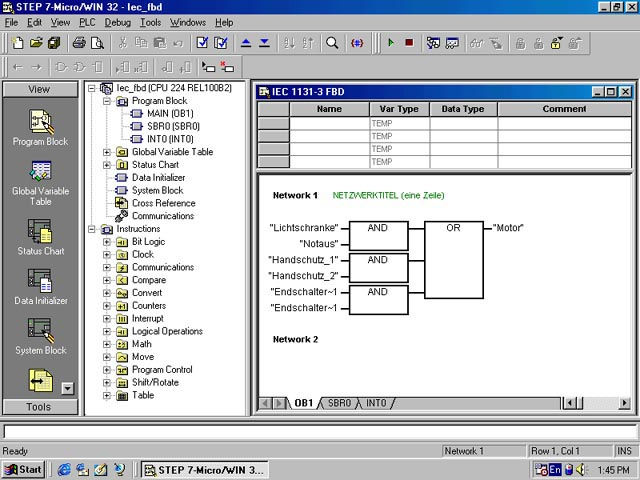Calculations In A Level Chemistry Jim Clark Rar Book Torrent Full [pdf]
- disseikordtillgran
- Nov 19, 2021
- 2 min read
Download >>> https://byltly.com/2845mf
If you are like me, you are having a hard time wrapping your head around what is actually happening in different levels of Chemistry. It can sometimes get confusing when molecular formula change or other advanced techniques. To help understand the basics of each level, this article reviews the equations and their derivations so that students can visualize them in their own minds while they learn to use them in practice problems. The article also reviews how the terms work both algebraically and graphically for further clarity on an individual topic or concept. The first thing we need to know is how to make a balanced equation. Formula's help us figure out the components and the amount of each component we need for a given reaction. PRODUCT: N2 + 3H2 --> 2NH3 For this equation to be balanced, we need 2 nitrogens and 3 hydrogens on the reactants side, and 1 molecule of ammonia on the product side. This equation is always written with subscripts indicating that there is more than one molecule of that element present. We also need to know how to write an equation for a reaction that has more than 1 reactant. The first step is to make sure that the reaction is balanced by looking at the coefficients of the reaction. When the coefficient is negative, it means that less of one reactant will convert to one product. If it is positive, more of one reactant will convert to one product. The next step is to make sure that there are enough atoms on each side of the equation or there won't be enough atoms for each side of the equation. We can do this by multiplying out our coefficients and find if we have exactly as many atoms on both sides as we need for our reaction to happen completely. In the following example, we have enough atoms on both sides of the equation to make one molecule of water, but it will take 2 molecules of hydrogen and 2 molecules of nitrogen to balance out. When this happens, we can write an equation that is balanced . This is a sample equation for a balanced chemical reaction between two components. N2 + 2H2 --> 2NH3 + O2 –> 2H2O You may have noticed that there is a buffer solution on the left side of the equation. This buffer solution will hold exactly as much water as there are atoms on all of the reactants and products until more water enters the system. This is called a buffer solution and it is used when we know the exact amount of each component in the reactions we are talking about, and then we treat all of the reactants and products as one single reactant. To make this easier to understand, we will use an example: 36 g of water at one bar (g = grams) rises in pressure by 2 bar (bar = bars) to 40 g of water at one bar. The equation for this system is: When using this model, we can use Excel or any spreadsheet program to do all sorts of work with Chemical Equations . This makes the equations very visual and easy to work with. 1 Bar is equal to 14. cfa1e77820


![AVG PC TuneUp 16.76.3.18604 (x86 X64) Crack [CracksNow] Serial Key Keygen [TOP]](https://static.wixstatic.com/media/91c843_8312b97b103549089ccf88bd732c803a~mv2.jpeg/v1/fill/w_800,h_575,al_c,q_85,enc_avif,quality_auto/91c843_8312b97b103549089ccf88bd732c803a~mv2.jpeg)
Comments